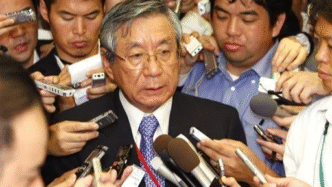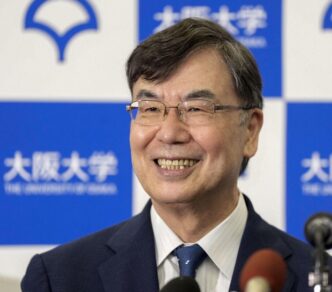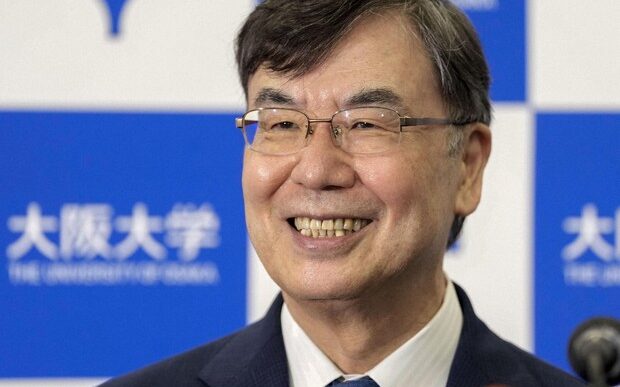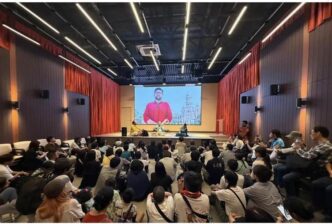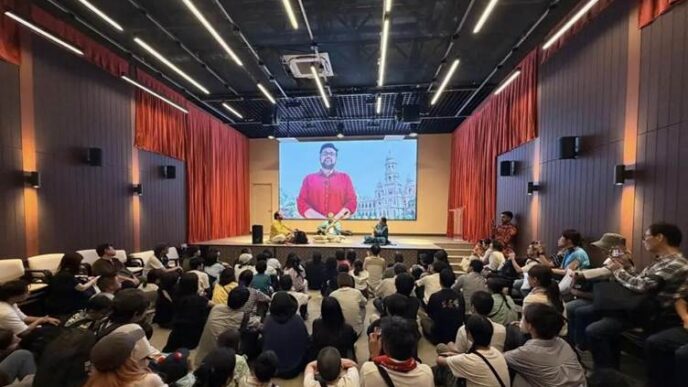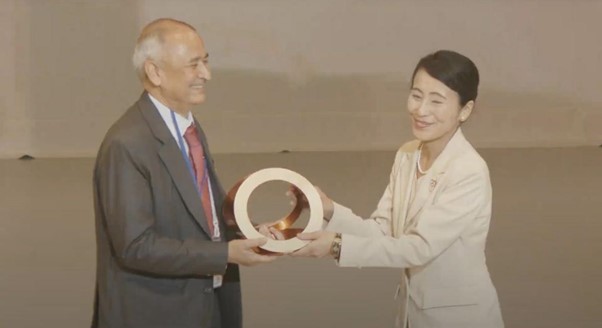Early Life and Education
Haruka Nishimatsu was born on January 5, 1948, in Hamamatsu, Shizuoka Prefecture, Japan. He attended high school in Hamamatsu, then entered Tokyo University, initially in a science faculty but later moved to the Economics Department. He graduated from Tokyo University in March 1972.
Entry into Japan Airlines
Immediately after university, in April 1972, Nishimatsu joined Japan Airlines and began a long career within the company. Over time, he held various positions within finance, wings of administration, investor relations etc.
Rise to CEO
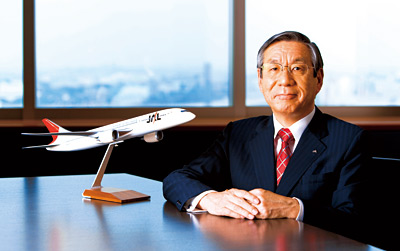
In 2006, he was designated CEO of the JAL Group. On March 1, 2006, the company announced that Nishimatsu, then Senior Vice President of Finance and Purchasing, would become CEO designate, effective formally later in the year. On June 28, 2006, at the annual shareholders meeting, he was officially elected Representative Director, President, and CEO of the Japan Airlines Group.
Also Read: The Inspiring Leadership of Haruka Nishimatsu, Former CEO of Japan Airlines
Leadership Style and Philosophy
Haruka Nishimatsu is frequently noted for a leadership style that combined humility, accessibility, and morale-building, especially at times of financial and operational stress.
Some key aspects:
1. Shared sacrifice
During downturns, rather than laying off large numbers of employees, Nishimatsu made moves such as reducing his own pay and eliminating executive perks. He reportedly commuted via public transport and ate in the company cafeteria with employees instead of using executive transport or private dining.
2. Open management and communication
He emphasized breaking down hierarchical barriers—for example, by removing the door of his office to encourage accessibility. He visited frontline operations (flight attendants, cargo handlers etc.) to stay close to the company ground reality.
3. Focus on long-term turnaround
Under his leadership, JAL undertook deep restructuring: trimming low-profit routes, rationalizing fleet, improving cost-efficiency. He made efforts at improving internal culture, safer operations, and reviving profitability.
Challenges and Exit
Japan Airlines during his tenure faced severe financial difficulties, including mounting debts, competitive pressure, rising fuel costs, and fluctuating demand. Restructuring was inevitable.
By January 19, 2010, Nishimatsu resigned as Representative Director and President. This came amid the company undergoing corporate reorganization.
Legacy
Haruka Nishimatsu is widely regarded as an example of a leader who tried to lead by example, especially in crisis: showing that leadership isn’t just about giving orders but sharing the burdens. His approach is often cited in discussions of servant leadership in Japanese business.
His tenure and the changes under him are studied as part of how large, legacy corporations can attempt turnaround and transformation—even in the heavily regulated, high-fixed-cost airline industry.
Also Read: Japan Airlines to Launch Non-Stop Narita-Delhi Route in January 2026
